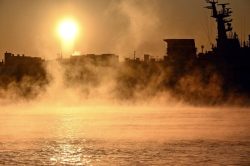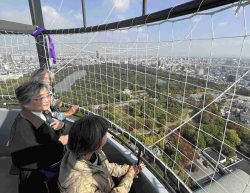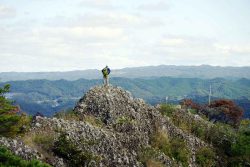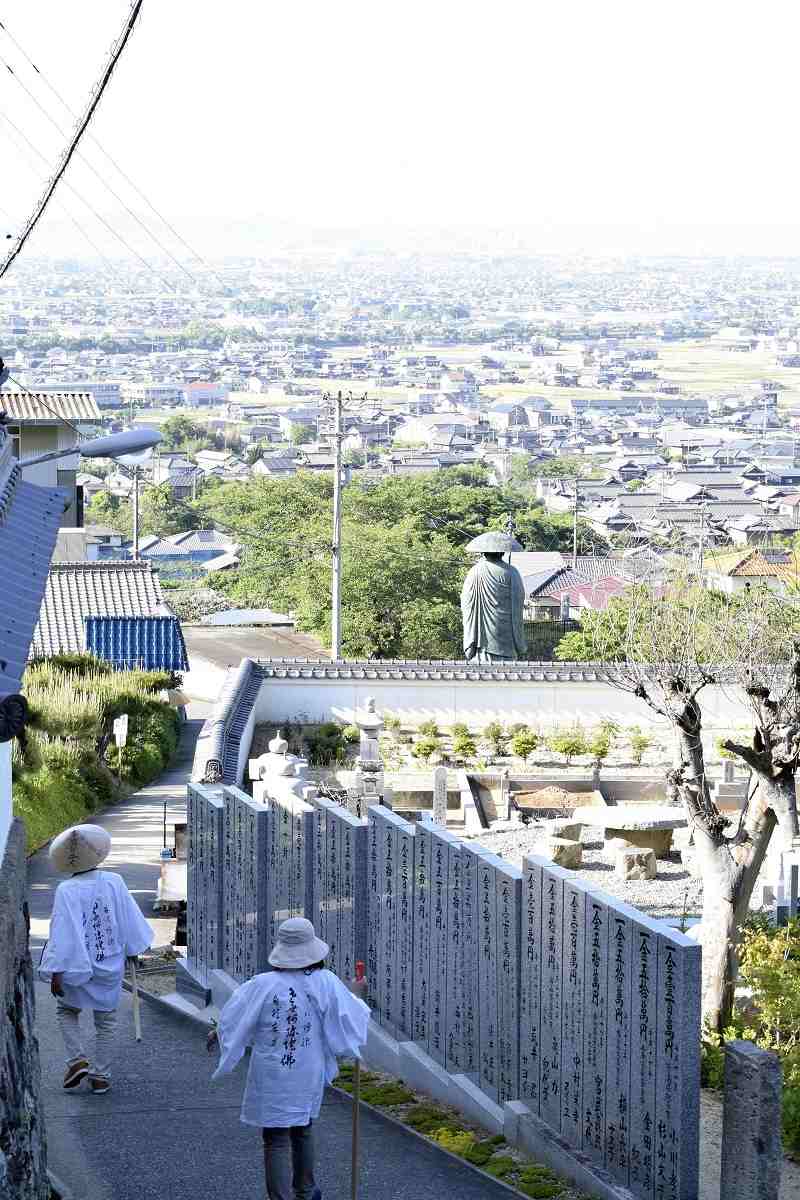
Pilgrims walk in Zentsuji, Kagawa Prefecture, the birthplace of Kukai.
12:34 JST, June 17, 2023
ZENTSUJI, Kagawa — This year marks the 1,250th anniversary of the birth of Kukai (774-835), one of the most celebrated Buddhist monks in Japanese history. Born in present-day Zentsuji, Kagawa Prefecture, Kukai not only founded a major sect of Buddhism, but also demonstrated his mastery as a calligrapher and civil engineer, repairing one of the nation’s largest reservoirs.
Kukai, also known as Kobo Daishi, is credited with establishing the 88-temple pilgrimage route in Shikoku. Throughout the years, people in the region have cherished him, passing down anecdotes and legends with great affection.
Embracing Buddhism
According to one legend, a young Kukai threw himself off a cliff on Mt. Gahaishi in Zentsuji. I visited Shusshakaji Temple, located at the foot of the 481-meter-high mountain. After entering through the temple gate and proceeding through its halls, I arrived at the location where visitors can join their hands in prayer for the sacred cliff.
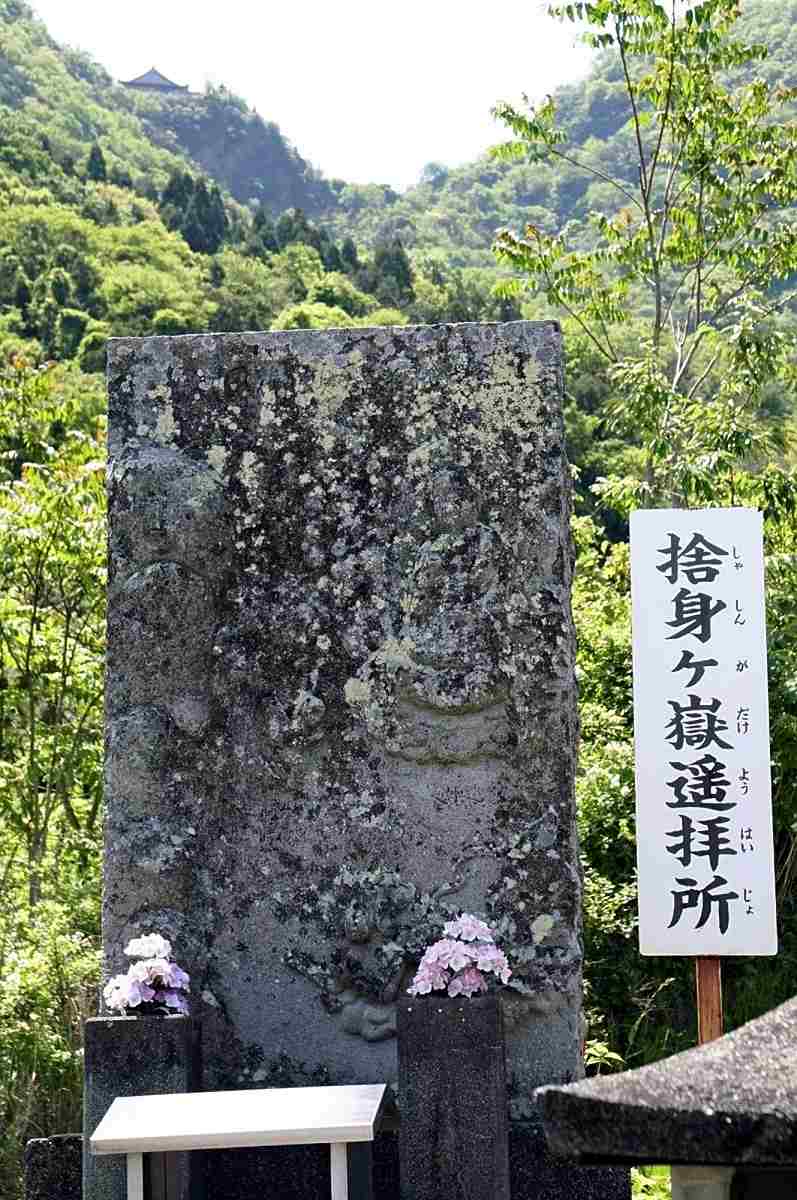
A worshipping spot for a cliff, background left, where Kukai is said to have thrown himself in Zentsuji
Looking toward the summit, I glimpsed the roof of Okunoin, a building that served as a temple until about 300 years ago. The cliff where Kukai is said to have flung himself stands beyond the building.
As the legend goes, Kukai climbed the mountain when he was 7 years old and known as Mao. He leapt off the cliff with his hands pressed together after chanting the name of Buddha and making the following wish:
“When I grow up, I want to become a Buddhist monk to alleviate the suffering of others. If you can grant my wish, please reveal yourself to me. If not, I’m willing to offer myself as a sacrifice to the Buddhas.”
A celestial maiden then appeared and caught Kukai in her arms, bringing him back to the place where he had jumped. Simultaneously, a purple cloud emerged and the Buddha appeared, according to the legend.
Walking from the observation point to Okunoin takes about 50 minutes. Along the way, one gets an expansive view of the Seto Inland Sea and patchwork fields below. If the weather is favorable, it is even possible to spot Okayama Prefecture in the distance beyond the Seto Ohashi Bridge.
“The location where Odaishi-sama [Kukai] threw himself down is a further 50 meters up from here,” said Sachie Okada, the chief priest. “I believe he chose this mountain as the place closest to heaven to fulfill his profound aspirations.”
‘Temple built overnight’ attracts worshippers
UWAJIMA, Ehime — A small temple that stands alone on a small island about 10 kilometers in circumference is said to have been constructed by Kukai in a single night.
Ganjoji Temple on Kushima Island, located to the west of Uwajima, Ehime Prefecture, has no resident priest or parishioners. But the temple is affectionately called Kujira Daishi and is carefully maintained by locals.
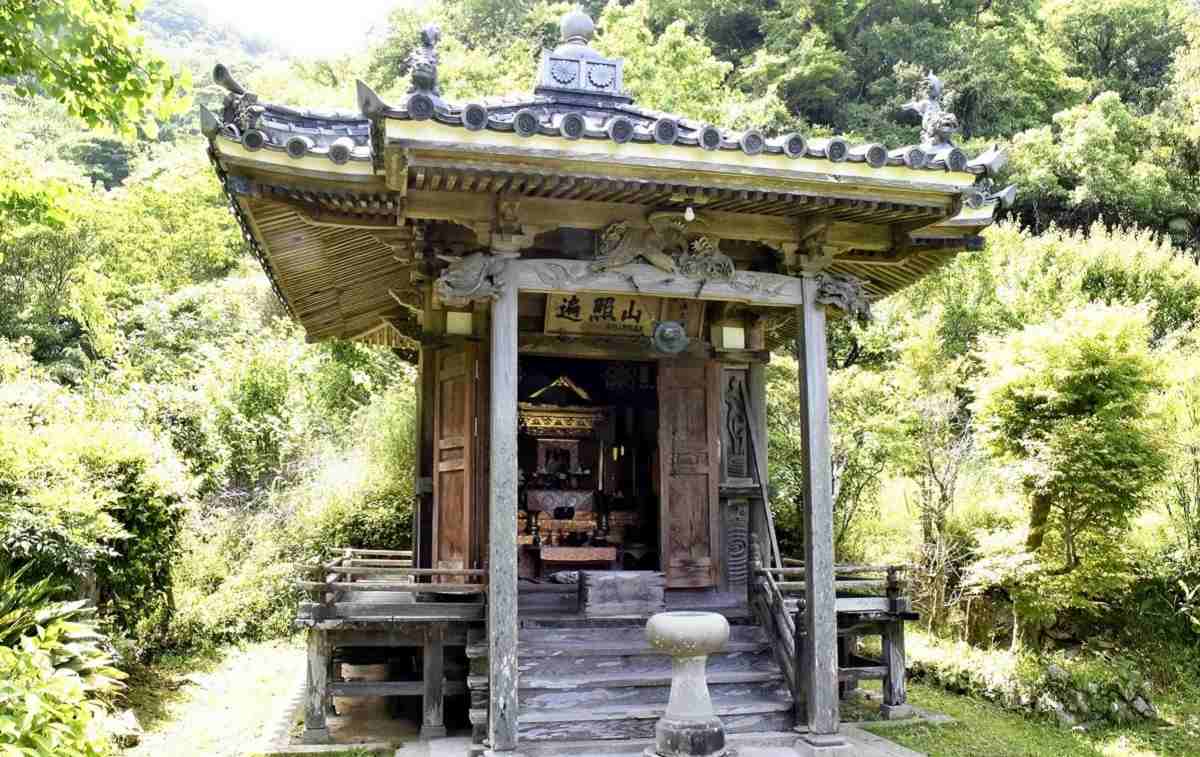
Kujira Daishi Temple on Kushima Island in Uwajima, Ehime Prefecture
Legend has it that Kukai traveled to the island from across the sea and tried to build a temple overnight. However, upon completing a single building, he mistook the crowing of a rooster as a sign of daybreak, even though it was still midnight, and departed the island. This is believed to be the origin of the temple.
Years later, Kukai built a worshipping place at a boat dock on the Shikoku side facing the island so that people could pray at Kujira Daishi without making the difficult sea crossing. The spot, now known as Mamegi Daishi, continues to attract pilgrims to this day.
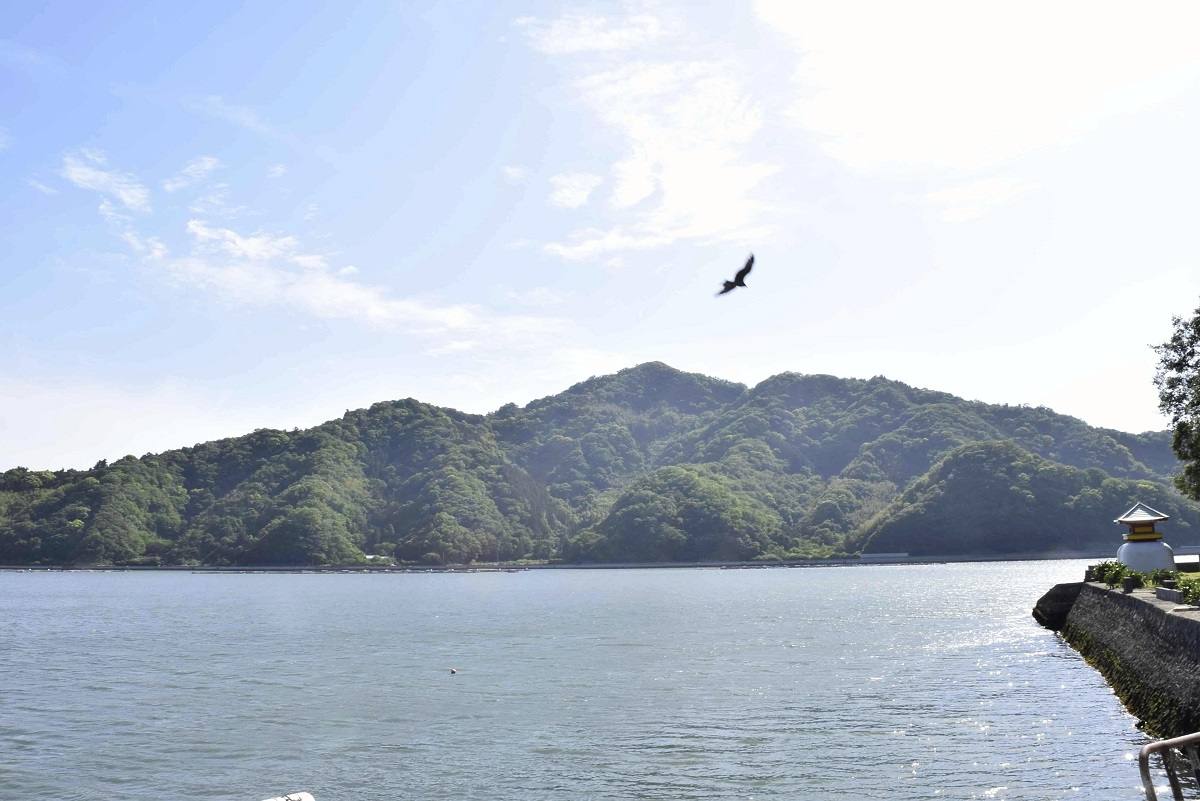
Kushima Island is seen from the Akamatsu district of Uwajima.
There is another legend about a miracle by Kukai, in which water gushed out when he tapped his cane on the ground, helping struggling farmers. It has been passed down in the Akamatsu district, across from Kushima Island.
I looked for the legendary well in the district, and one house I was taken to had a well about the size of two outstretched arms with a depth of 2 meters. Shigeko Onishi, the 85-year-old owner of the house, said that when she married into the family about 60 years ago, the well served as a vital water source for the community. Although the well is emptied and cleaned each year, water swiftly reemerges during the cleaning and replenishes overnight, according to Onishi.
I drank the water and found it completely free from salinity despite the well’s proximity to the sea. I did not end up finding out where Kukai’s legendary well was located, but I was able to hear various anecdotes that were passed down in the area.
Monk repaired to one of Japan’s biggest reservoirs
There are many legends about Kukai in Shikoku.
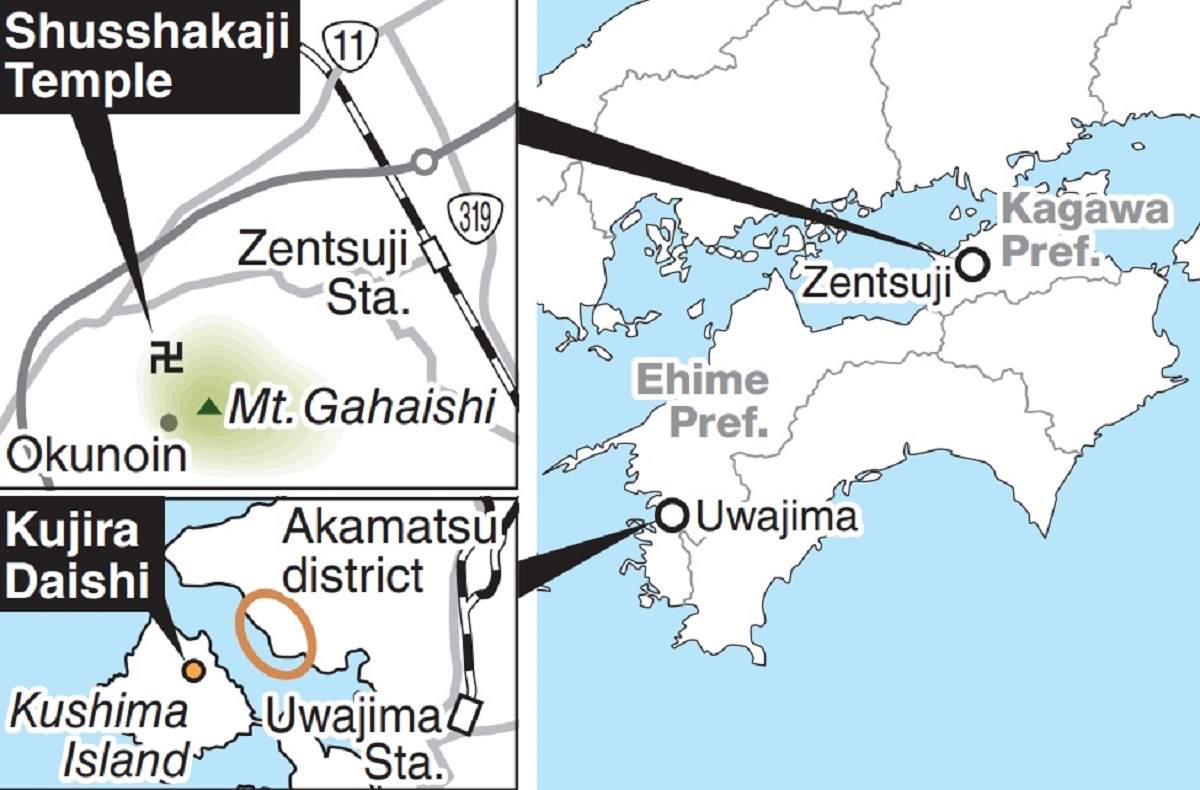
One tells the story of when Kukai sought a piece of cloth to repair his robe at Kirihataji Temple in Awa, Tokushima Prefecture. A girl who offered one that she wove herself later transformed into the Thousand-Armed Kannon Deity, according to the story.
In the same prefecture, there is a story about a man who was carrying mackerel on his horse and refused Kukai’s request to give him a little. The horse suddenly fell ill with a stomachache but swiftly recovered once the man gave some to Kukai.
Young Kukai is said to have attained enlightenment in Muroto, Kochi Prefecture. A story handed down through generations tells of a remarkable event where a radiant star gracefully entered Kukai’s mouth during his rigorous spiritual training.
These anecdotes serve as a testament to the enduring familiarity and reverence that Kukai holds among the people across the Shikoku region.
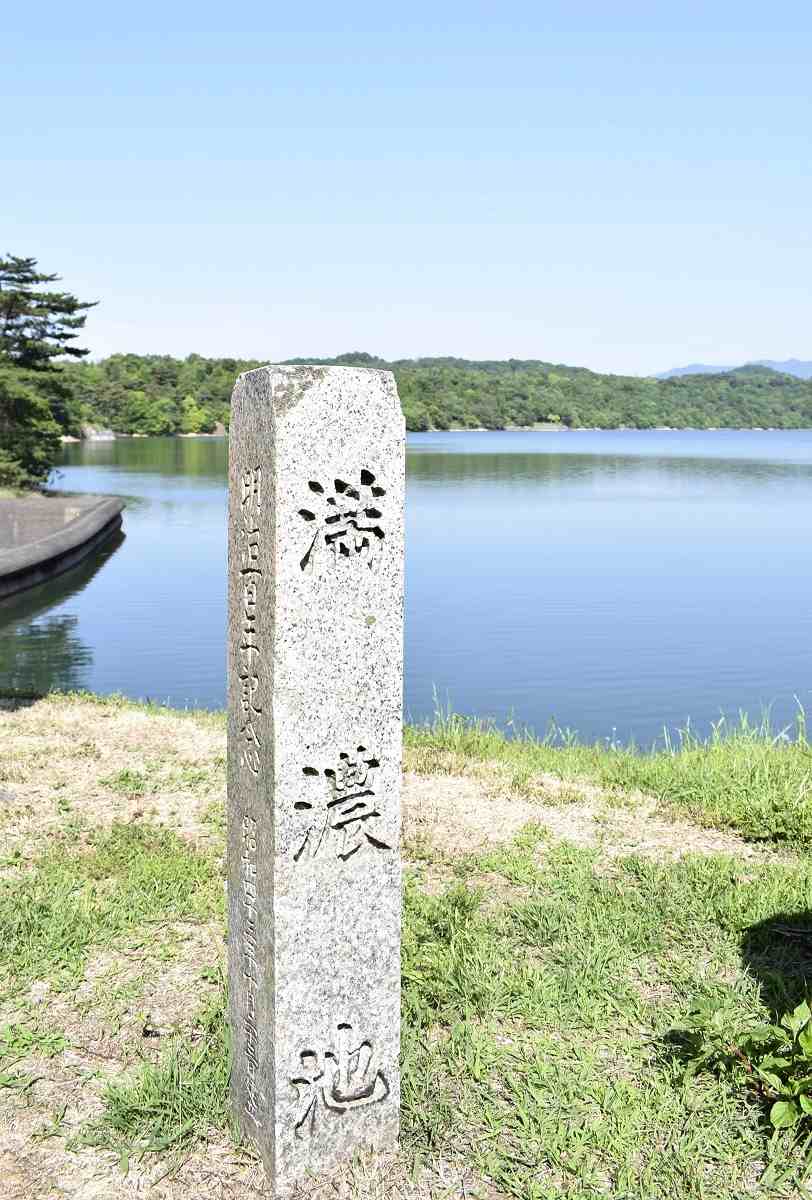
The Mannoike reservoir, which Kukai helped repair, is seen in Manno, Kagawa Prefecture.
Kukai’s birthplace of Kagawa Prefecture has several agricultural reservoirs owing to its low rainfall. Among them, the Mannoike reservoir stands as one of Japan’s largest reservoirs, rebuilt under Kukai’s guidance.
This pond collapsed due to a flood in 818 although it had long held significant value for farmers. Kukai and many local people reconstructed the reservoir within just three months. He employed logical and efficient methods that even modern civil engineering experts would find commendable.
Related Tags
"Features" POPULAR ARTICLE
-

Sanrio to Open Museum in Yamanashi Pref. Dedicated to Founder, Exhibits Include Hello Kitty, Other Characters
-
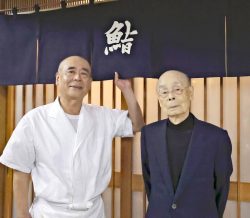
Legendary Sushi Chef Jiro Ono Turns 100: ‘I Have No Regrets’
-

Autumn Foliage Surrounds Visitors to Tokyo’s Showa Kinen Park
-

My Daughter No Longer Speaks to Me, But I Want to See Her and My Grandchild
-

Kumamoto: Public Bath Refurbished as Library Where You Can Chat, Take Photos
JN ACCESS RANKING
-

Keidanren Chairman Yoshinobu Tsutsui Visits Kashiwazaki-Kariwa Nuclear Power Plant; Inspects New Emergency Safety System
-

Imports of Rare Earths from China Facing Delays, May Be Caused by Deterioration of Japan-China Relations
-

University of Tokyo Professor Discusses Japanese Economic Security in Interview Ahead of Forum
-

Japan Pulls out of Vietnam Nuclear Project, Complicating Hanoi’s Power Plans
-

Govt Aims to Expand NISA Program Lineup, Abolish Age Restriction


